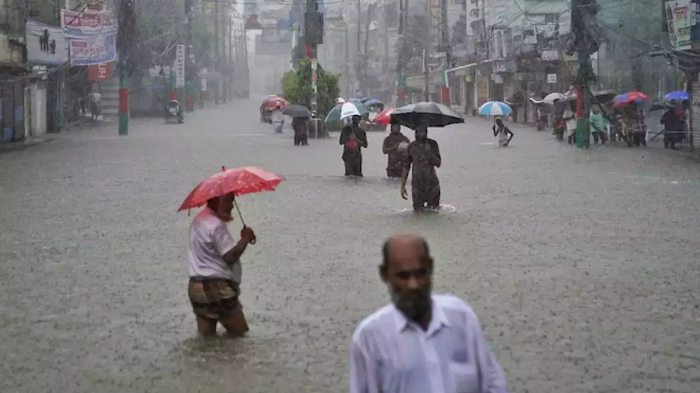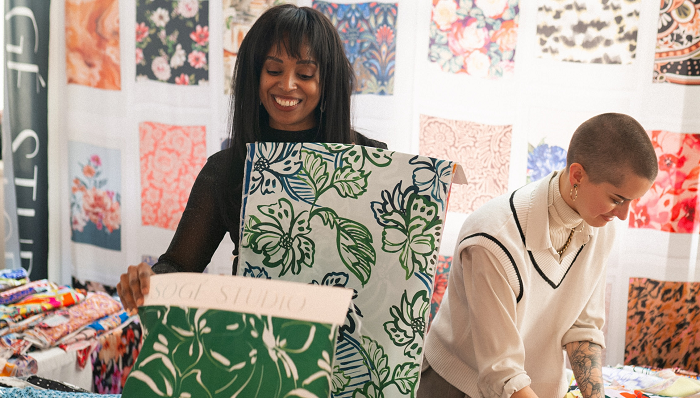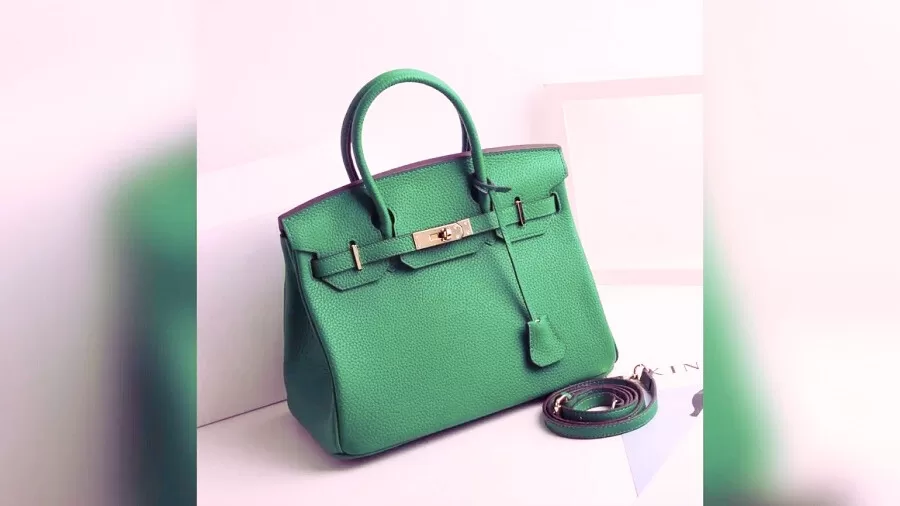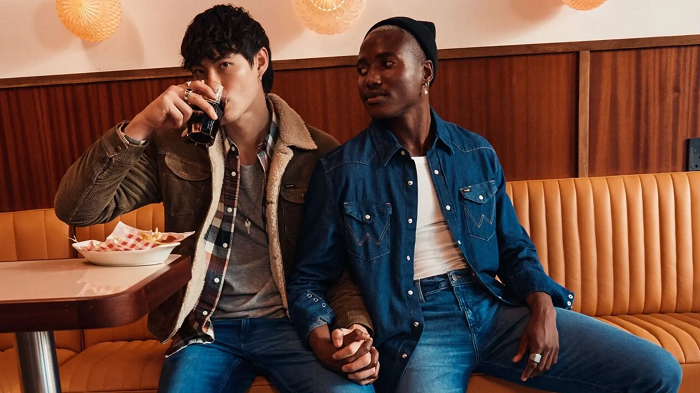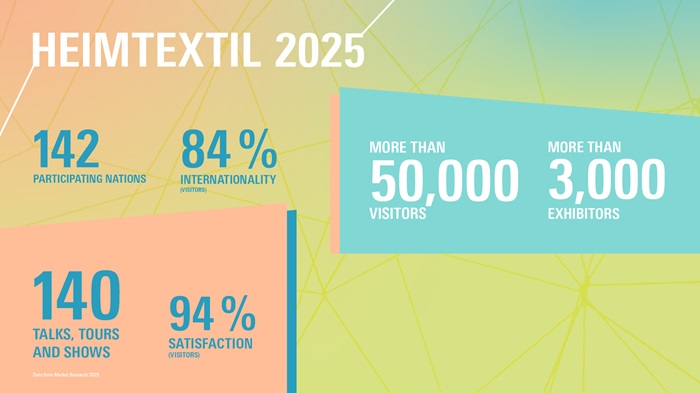FW
FESPA Fabric returns for the fifth year, as part of FESPA Digital 2014 at Messe Munich, Germany, from May 20 to 23, 2014. The event will provide an inspirational environment for businesses looking to dive deeper into garment printing and decoration. This year, FESPA Fabric’s multi-channel campaign is inviting visitors to ‘Dive deeper into garment decoration and textile print’. It features a swimmer diving into an ocean, illustrating the ocean of opportunity for printing and embellishing, fabrics, fashion garments, sportswear and promotional wear using both analogue and digital processes.
FESPA Fabric acts as a platform for printers and garment decorators looking to move their businesses forward using the latest equipment, inks, textiles and techniques for garment decoration and textile print. The event attracts textile print professionals, designers, fashion retailers and brand owners, to come together, network and uncover new ways to advance their business and meet consumer demands.
Like every year, Charlie’s Corner will return to FESPA Fabric 2014 where garment guru Charlie Taublieb will provide hands-on workshops as well as live T-shirt printing demonstrations, giving visitors the chance to print their own T-shirts. Visitors will also benefit from the Textile Conference Theatre where leading industry professionals will come together to present seminars and case studies to help textile printers and garment decorators open up new revenue streams and learn about new industry trends and techniques.
Invista, one of the world's largest integrated polymers and fibers producers has announced the expansion of its XPURE portfolio of polyester products made with catalyst system. Recent additions to this portfolio include the XPURE 7001 and 701K polyester copolymers. While XPURE 7001 polyester is an amorphous resin, XPURE 701K is a pre-crystallized resin. Both products offer a melting point of about 224°C which is about 30°C lower than a standard polyethylenetere phthalate. Application examples include packaging films and bicomponent fibers.
“Initial customer testing of XPURE 7001 and 701K polyester polymers have been extremely well received,” said Achim Heyer, Business Director, Europe, polymers, adding, “Customers reported a wider processing window versus standard polyesters, allowing to manufacture non-standard products such as thick transparent films.”
www.invista.com
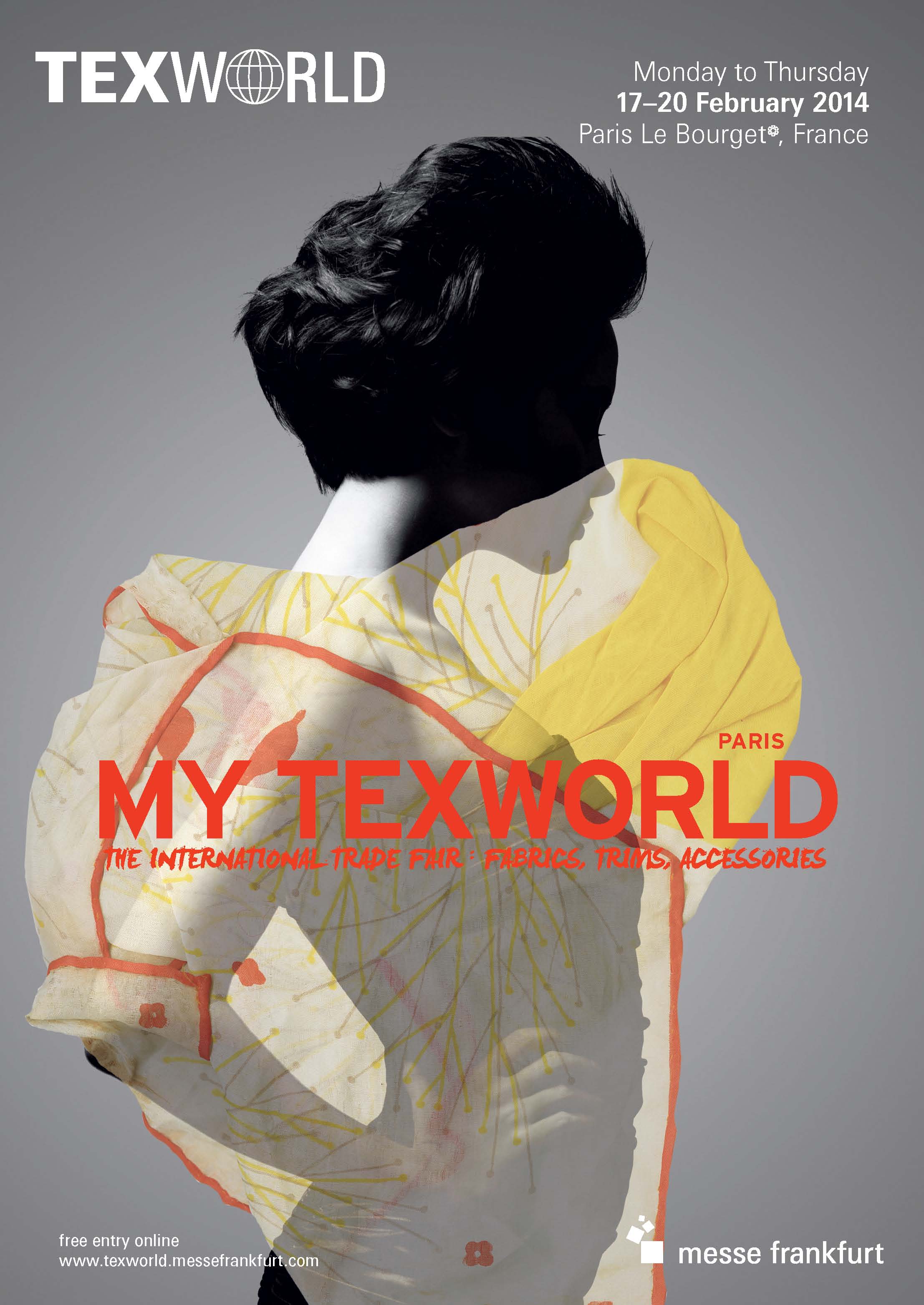 The next edition of Texworld and Apparelsourcing Paris is scheduled from February 17-20, 2014 at Paris Le Bourget, France. Over 80 per cent of the stands at Texworld have already been booked. Several firms have rebooked and the pace has intensified since mid-October. The venue will soon be fully booked with last confirmations in progress and new firms being shortlisted for the show by the selection committee.
The next edition of Texworld and Apparelsourcing Paris is scheduled from February 17-20, 2014 at Paris Le Bourget, France. Over 80 per cent of the stands at Texworld have already been booked. Several firms have rebooked and the pace has intensified since mid-October. The venue will soon be fully booked with last confirmations in progress and new firms being shortlisted for the show by the selection committee.
Both shows have an exceptional rate of registration. Elaborating further, Michael 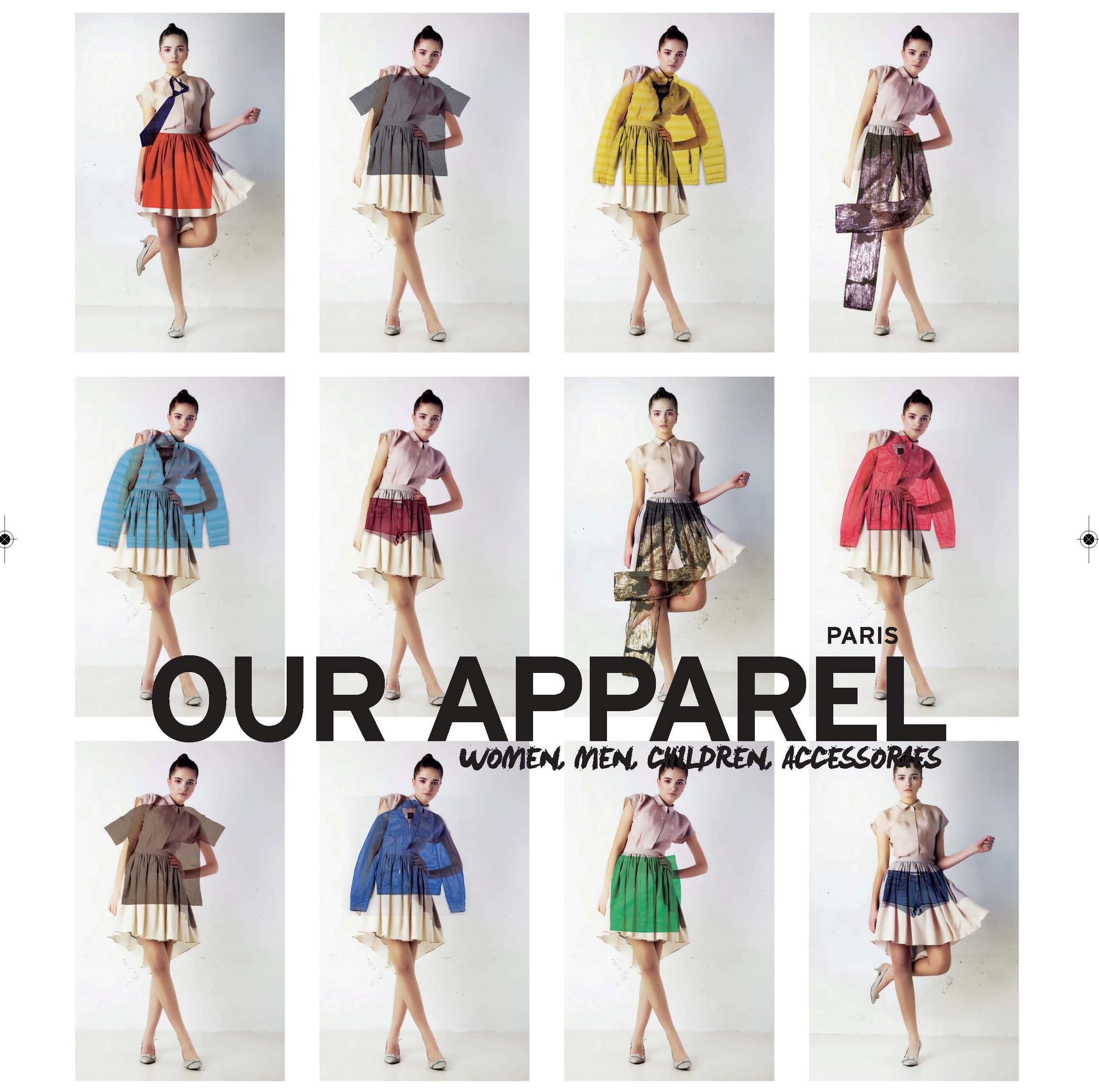
Scherpe, President, Messe Frankfurt France says, “Texworld is well booked and Apparelsourcing is doing well too. The former’s exhibitor numbers are stable whilst the latter has grown by 50 per cent. Both shows are almost fully booked. Regular participants have taken their stalls early and we have received many applications from companies wishing to be a part of the show. It shows their interest in this mature and recovering market, where demand remains strong.”
Focus on India
Even though the February edition is smaller compared to the September one many Indian exhibitors will be there to showcase their products. Talking about Indian participation, Scherpe says, “Texworld will have 43 Indian exhibitors for the summer edition. Indeed, the number is less compared to the last edition. As for Apparelsourcing Paris, some 20 companies have applied so, far which is a stable number.”
India is among the top three countries at the show due to its wide offering of cotton, linen alongside silk, cashmere, wool and embroidered fabrics. India’s and creativity will be on display through a ‘Trend Forum’. Meanwhile, newsletters targeting over 30,000 prospective visitors have been sent out. Press releases have been sent to some 600 international media and advertising is being done to promote the fairs in India. “India covers all the product types. The country has lots to offer to the western market both in textiles and accessories namely: scarves, accessories and bags. As for additional products, we see natural fabrics as India’s strong point. Some of the most beautiful silk, linen and cotton are from India,” adds Scherpe.
Scherpe feels the industry in India needs to make more investments in technology, creativity and corporate social responsibility to go forward. “India is well known in Europe. A lot of things can be done. We started to have stronger relationships with Indian institutions to discuss how things can be improved.” The ever growing silk segment will host some 10 silk producers from the Chinas’ Huzhou region at February’s show for the first time. “From its very first edition, Texworld welcomes many silk producers. What’s new this time is ISEPC (Indian Silk Export Promotion Council) which is supporting 10 manufacturers financially,” adds Scherpe.
Messe Frankfurt is doing its best to promote the fairs in the textile and fashion circle. These fairs attract visitors from big and well known companies from across the world. “We are laying special focus on smaller companies and designers. Communication towards visitors have already been strengthened,” sums up Scherpe.
Nike recently opened a water-free dyeing facility featuring high-tech equipment to eliminate the use of water and process chemicals from fabric dyeing at its Taiwanese contract manufacturer Far Eastern New Century Corp. Nike has named this sustainable innovation ‘ColorDry’ to highlight the environmental benefits and unprecedented colouring achieved with the technology.
Dyed fabric emerges from the ColorDry dye vessel. The opening of this unit follows the company's February 2012 announcement that it had taken a strategic stake in Dutch start-up, DyeCoo Textile Systems, a company that invented a technology to replace water, normally used for dyeing, with recyclable CO2, reducing energy use and eliminating the need for added chemicals in the process.
On average, an estimated 100-150 liters of water is needed to process one kg of textiles today. Industry analysts estimate that more than 39 million tons of polyester will be dyed annually by 2015. Nike's Chief Operating Officer, Eric Sprunk, believes that as businesses recognize the need to reduce dependence on constrained resources, manufacturing innovation can play a key role. Consumers can expect to see Nike ColorDry products in the market from early 2014.
www.nike.com
Pakistan’s Punjab chief minister Muhammad Shahbaz Sharif feels the textile industry is the country’s economic backbone and its promotion could boost country's exports volume and create new jobs. He said that former rulers ignored this important sector of the economy during their five-year term due to which textile industry suffered irreparable loss. However, the textile sector was now improving fast owing to timely and effective steps of present government.
He also informed that the Punjab government was setting up Garment City over 13,000 acres of land on Motorway-2 near Kala Shah Kaku for the benefit of industrialists, and funds had also been provided for the purpose. Matters relating to gas supply to textile industry during winter were discussed in the meeting and the Chief Minister assured the delegation that all options would be considered for supplying gas to textile industry during winter.
Shahbaz Sharif said the PML-N government was pursuing a solid strategy for promoting trade, economic and industrial activities. He assured that all possible steps would be taken for resolving genuine problems of industrialists. Pakistan would make tremendous progress in textile sector after getting the status of GSP Plus (Generalized System of Preferences), besides increasing job opportunities and exports.
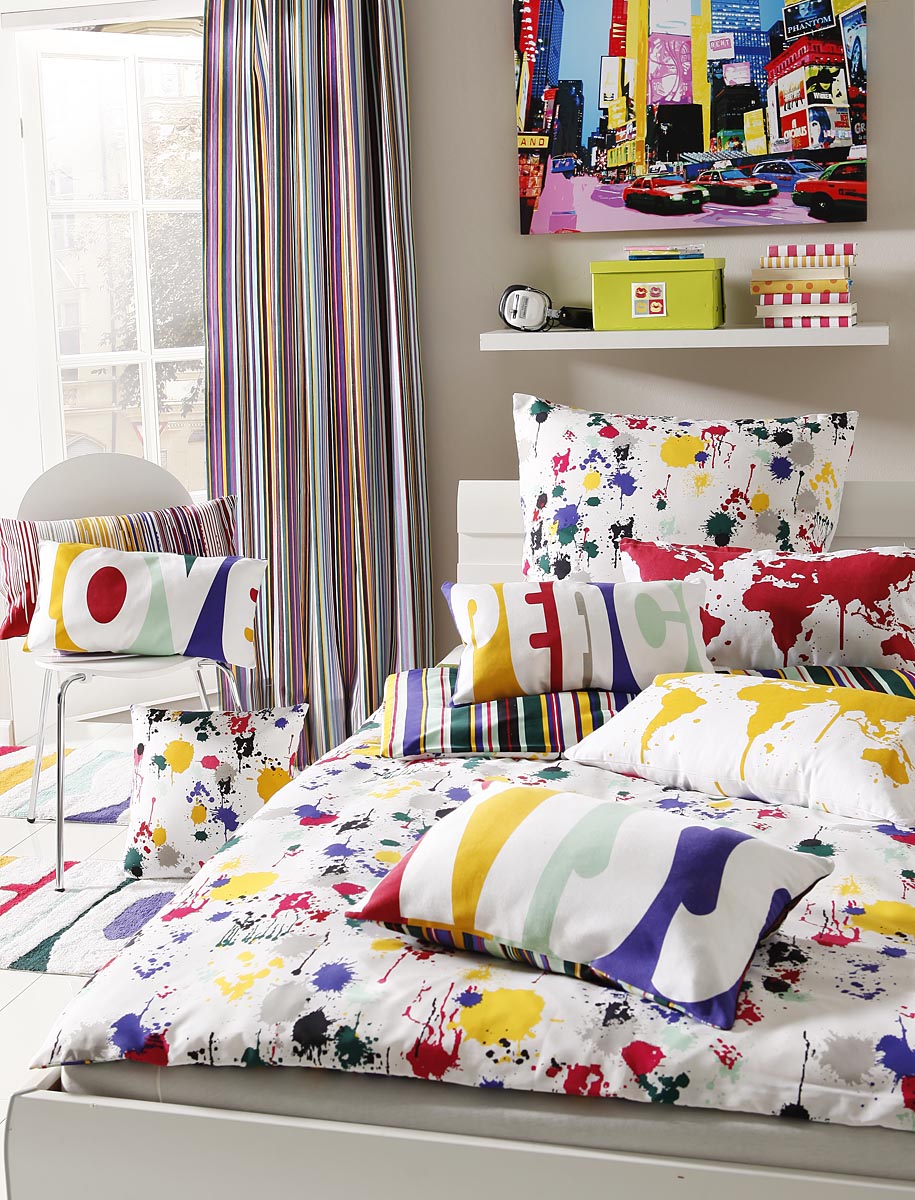 The fourth edition of Australian International Sourcing Fair (AISF), Australia's foremost international sourcing fair, the only international sourcing fair in Australia was held from November 13 to 15, 2013. The event saw a large number of exhibitors from India. “The big change this year was the number of exhibitors from India. We had about 40 in 2010 and this year there were 105 exhibitors from India,” explained Julie Holt, Exhibition Director, Informa, organisers of Australia International Sourcing Fair said
The fourth edition of Australian International Sourcing Fair (AISF), Australia's foremost international sourcing fair, the only international sourcing fair in Australia was held from November 13 to 15, 2013. The event saw a large number of exhibitors from India. “The big change this year was the number of exhibitors from India. We had about 40 in 2010 and this year there were 105 exhibitors from India,” explained Julie Holt, Exhibition Director, Informa, organisers of Australia International Sourcing Fair said
Talking about the Indian participation, A Sakthivel Chairman, AEPC said, “The
participation has been growing. This year we had 105 participants out of which 32 were apparel and the balance were made-ups and handlooms. We are making a big effort to penetrate the Australian market and are doing business of about 150 million and aim to reach 200 million. Our target is to reach one billion within three years.”
Since China is becoming expensive, Australia is looking at India. During the quota regime, Indian exporters were concentrating on Europe, US and Canada. “Now we are looking at non traditional markets like South Africa, South America and Australia. We have done a big show in Japan and are going to Israel. After two or three years we will have a share in other markets too. India has raw material, delivery and a designing strength. This matters a lot in apparels sector,” said Sakthivel.
India is very strong in home textiles and finished garments. That’s the main strength of Indian companies. Further there is a cultural familiarity between India and Australia. Both were ruled by a colonial power. “We like doing business with people we are comfortable with. So, India has a great chance to erode some of China’s share,” adds Holt. Elaborating on the Indian perspective, Holt says, “We have had extensive discussions with AEPC and see significant growth in men’s and women’s apparel including scarves. We will focus on handicrafts and made-ups. It will probably become an exclusively apparel and home textile show. In home fashion and furnishing fabrics, the level of participation from India varies. But this show is only in its fourth edition. We are confident it will pick up trajectory. I will go to India in January and have conversations with export councils to ascertain their interest in this show. That will help me get more buyers for next year’s show. But I think, home textiles from India is a growth area. The agreement would place our co-operation beyond a one year horizon. It would be commercial cooperation at this point.”
India exports 50 per cent to Europe and 25 per cent to the US. The remaining 25 goes to non traditional markets. “We want to increase this share to 35 per cent. In overall exports the first six months of this year we already have a growth rate in dollar terms of 14 percent. This year we may end up doing 17.5 billion. In each market, we should have at least a 10 or a 15 per cent share. We are not growing at all in basics because basics production in India is very expensive. Also, we don’t have productivity in basics. But we are good in mid fashion and high fashion,” adds Sakthivel.
Apart from India, Pakistan too has great potential as a producer of home textiles. Bangladesh is another strong player in the home textiles zone. Indonesia is strong in accessories whereas Vietnam, participating for the first time had a successful show.
www.aepcindia.com
Cellulosic fibre production is set to continue growing rapidly in the coming years, says ‘Textile Outlook International’ done by global business information company Textiles Intelligence. Faced with soaring raw cotton prices in 2011, many textile and apparel producers switched to manmade fibres or started to use a greater proportion of manmade fibers in blends. Significantly, cellulosic fibre production worldwide rose by a healthy 11.0 per cent in 2011, compared with a 3.7 per cent rise in global demand for fibers of all types. Furthermore, cellulosic fibre production grew by an even faster 12.0 per cent in 2012, while world fibre demand continued to grow by 3.7 per cent.
Demand for cotton, fell by 7.0 per cent in 2011-12 season (August 1, 2011 to July 31, 2012) and rose by only 2.3 per cent in the 2012-13 season. Demand in China alone fell by 3.3 per cent as the Chinese government’s policy of supporting domestic cotton prices at levels, which are higher than world prices undermined cotton’s competitiveness in the country.
The rise in global cellulosic fibre production in 2012 was due almost wholly to expansion in the manmade fibre industry in China. In percentage terms, Chinese cellulosic fibre output rose by 17.3 per cent in 2012 after growing by 19.5 per cent in 2011.
Looking ahead, global cellulosic fibre capacity is expected to rise by 13.7 per cent in the 21 months between March 2013 and December 2014 while demand for cotton in the 2013/14 season is projected to rise by a much slower 2.1 per cent.
TEXbase, a leading provider of web-based compliance, quality and materials management software solutions for brands, retailers and consumer product companies recently announced a broad sponsorship with the American Apparel & Footwear Association (AAFA) for 2014.
The AAFA is an advocate for over 1000 brands and 425 companies from the US apparel and footwear industry. Annually, the AAFA hosts seminars, programs and events to educate, advocate and advance solutions to key issues and trends facing the industry. As an elite sponsor, TEXbase will collaborate with the AAFA and its members to achieve advancements in the areas of product quality management, compliance and supply chain transparency.
TEXbase will participate in many AAFA events throughout 2014 focused on these critical industry challenges beginning with the product safety and compliance seminar in Marina del Rey, CA on January 29, 2014, where TEXbase will exhibit and demonstrate its brand and supplier solutions.
Kevin Burke, President and CEO, AAFA said, “Partners like TEXbase offer the insightful thought leadership and strategic intelligence that helps brands and retailers be more successful in the global marketplace. We appreciate TEXbase's continued commitment to AAFA's mission of promoting best practices and solutions to the regulatory challenges the U.S. apparel and footwear industry faces every day. We look forward to continuing our work with TEXbase as an elite sponsor this year."
Oxfam targets Australian brands including Bonds and Just Jeans to take responsibility for their supply chains in Bangladesh. The charity group released a ‘naughty and nice’ list of clothing brands that operate in Bangladesh but have failed to sign an international accord on fire and safety that ensures regular inspections of the Bangladeshi factories. Daisy Gardener, Oxfam's corporate accountability and Fair Trade adviser for Oxfam said, “"In the lead-up to this Christmas, we would like to see more companies sign up this accord. It only takes one incident, one fire or one collapse for workers' lives to be lost.”
Pacific Brands, which owns Bonds, Berlei, Jockey, Voodoo and Clarks, has yet to sign the accord. Just Group, which owns Just Jeans, Jay Jays, Peter Alexander, Portmans, Dotti and Jackie E, has also not signed, while Rivers has only committed to sourcing ethical cotton.
Discount retailer Best & Less sources garments from 15 factories in Bangladesh but has also not signed the accord. A spokesman said the company had ‘no immediate plans to join’. Kmart is the only Australian company that has promised to publish the location of its factories, further increasing the company's transparency.
Rachel White has won the ‘SDC International Design Competition 2013’ held in Mumbai. Twenty-three-year-old White is a textiles design graduate from the National College of Art and Design in Dublin, Ireland. She was chosen from a list of finalists from Australia, Hong Kong, India, UK, Pakistan, Singapore, Thailand, Bangladesh and South Africa. All entries had to show evidence of using colour as an integral component of the design process as well as incorporating some aspect of this year’s theme of ‘fashion for the future’. White’s work, titled ‘Raw Colour’, showed a real understanding of the brief as well as innovative use of colours.
White goes home with the £1,000 cash prize and the Veronica Bell trophy. The trophy is in honour of the late Veronica Bell, (an SDC past-president) to acknowledge excellence in the field of colour and design. On winning the prize,
White said, "I am absolutely thrilled to have been awarded first place in the Grand Final of the SDC International Design Competition 2013. Winning the Veronica Bell Trophy, in such an inspiring location is a great honour. A huge thank you to the SDC and everyone involved who helped make the occasion such a success.”
Graham Clayton, Chief Executive of SDC adds, “The SDC is a committed supporter of young designers. We work with educational institutions across the world to ensure that the next generation of students has a clear understanding of colour. It is always exciting to see the competition entries and on behalf of the SDC, I would like to congratulate all the students on such inspiring designs.”



